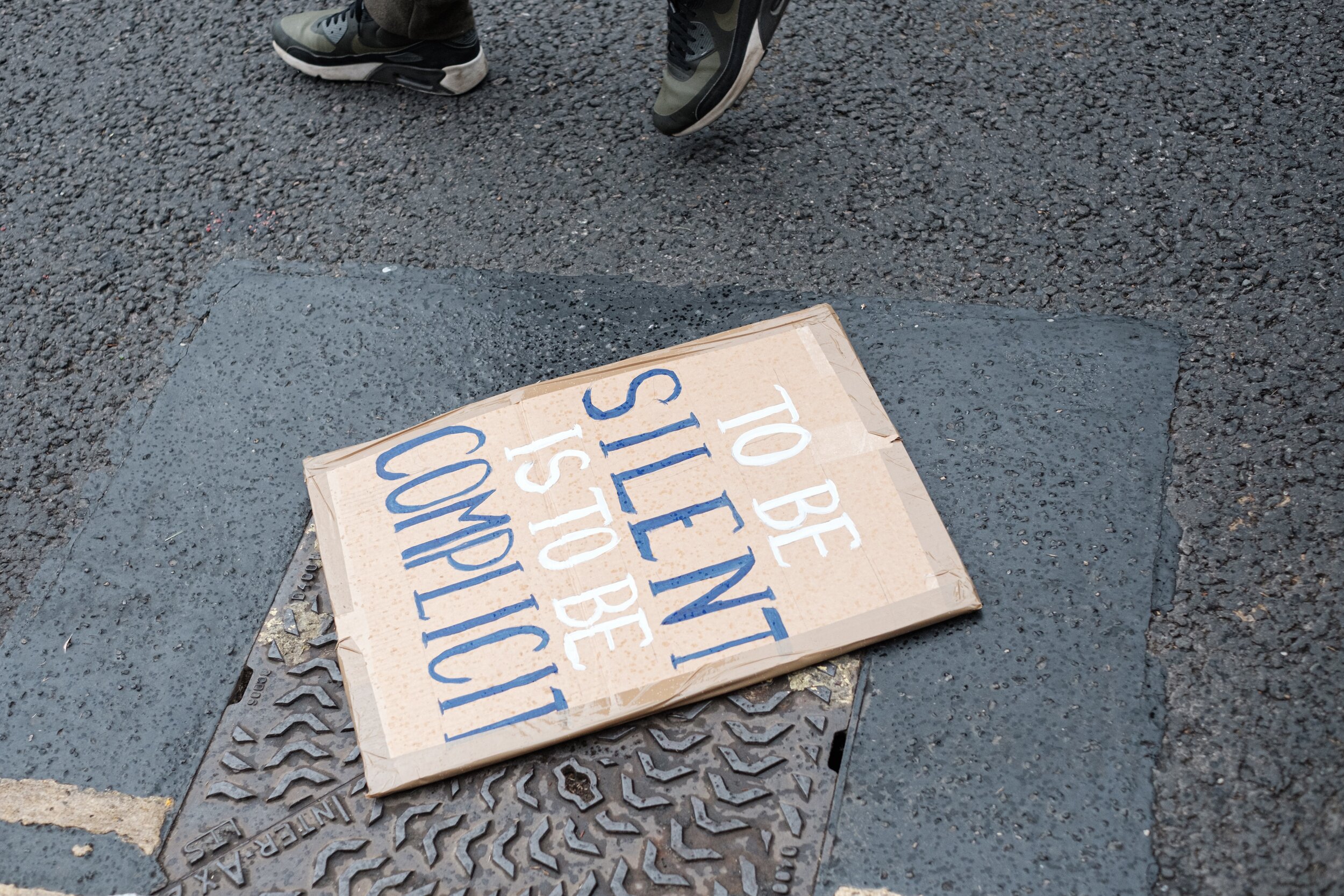create
Name the problem. Clearly state the problem you are trying to address.
Name the solutions. What opportunities and solutions would you like to create or put forward to address this problem and why it is important to the community. Describe the values or principles that you want to see at the center of the solution.
Impact Analysis on Design and Implementation: Define who will be impacted, actions to advance solution, how to create resources and a timeline. Find out what decision making authority you must address in order to make this a reality.
Assess and advance your solutions: Ground your policy solution in direct observation. See if this work has been done in other places and what lessons you can learn from others. Fit the context of your community’s challenges to move forward. Revisit the power mapping work with the policy solutions and see who key partners are in moving forward. Build a campaign strategy to win on your proposed solutions. Develop clear and specific benchmarks.
tools
The United National Frontline Table
reflection
Next Steps!
Drafting your solutions into policy briefs
With everything above, you have all you need to create policy content and briefs for lawmakers. If you have a strong and trusted ally with legal or policy experience, this can be a great opportunity to use their skills and experience. Additionally, as you ground your policy idea, you might have found policy briefs and language that get to where you want to go. No need to reinvent the wheel! Be sure to reference other legislative or regulatory policies to help make your case. However, if you do not have those trusted partners or policy models, the following are key steps that you can use to create your policy briefs:




